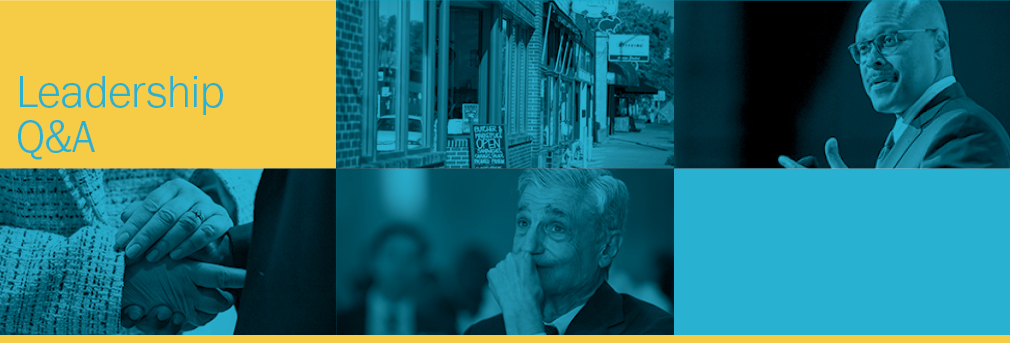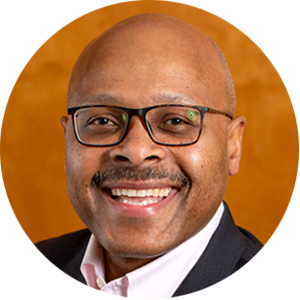
|
The world looks very different now than it did when 2019 ended. How have LISC’s accomplishments in the last year positioned us to take on the seismic challenges of the coronavirus pandemic and the needs of the communities, partners and residents we work with? |
Beyond that, we closed out the year with extraordinary new relationships that are great assets in tackling the financial challenges created by the pandemic. These include partnerships with the technology and health care industries, and with individuals—many of whom came to us as a result of our 40th anniversary celebration last year. So the headline, I’d say, is that our new partnerships will help us weather this season—both on behalf of the organization itself and, more importantly, on behalf of the people, places and enterprises we're trying to serve.
|
What, to your mind, are the three most exciting accomplishments of 2019? |
A second achievement is opening new offices, particularly in the southern and southeastern United States and immediately adding value to places we are dedicated to serving. These include Atlanta, Charlotte, N.C. and Hampton Roads, Va. And we plan to keep growing. Third, I would say the incredible partnerships we’ve forged with the healthcare industry, including Sentara in Virginia and Kaiser Permanente in California. This is so critical for several reasons: first, it boosts our capacity in the communities where we work in a really substantial way. Second, healthcare enterprises share our commitment to helping make people and places healthier and better off, so these relationships are particularly sustainable. Thirdly, many of these partners are anchor institutions and among the largest employers and economic development organizations in their communities. Our relationships with them enable us to scale our impact like few other partnerships can. What do you think Bob?
|
Last year, LISC deepened its commitments both in the South, as noted, and also in rural America. Tell us about the importance of that. |
When it comes to philanthropy, the South receives among the lowest per-capita rates of investment in the country. Part of rectifying that has to do with shifting the perceptions of philanthropists, who currently don’t have trusted partners in these places. And so it is important for us to be there, to become that channel for more philanthropic and investment capital. Another commitment we made in 2019 and announced earlier this year, which I'm very proud of and motivated by, is the LISC Rural Promise. This is a commitment to affect 20 percent of our total impact in rural places by 2023. These are the places that need more people fighting the good fight, in order to really make progress. And as a country boy, I am committed to this on behalf of LISC.
|
Can you talk about how LISC refined and intensified its programmatic focus over the course of 2019? |
By the end of 2020, we will be begin mapping the next three years. And that next plan will be structured to be focused on staying relevant and responsive in, what we hope is a post-COVID world.
|
Given our future in that post-COVID world, what new territory, in terms of program areas or organizational approach, are you looking to advance in the year ahead? |
Also, we will redouble our commitment to building capacity because we have to help organizations, communities and people renew their strength, and develop capacity to withstand the next crisis. We know it will come, we just don’t know how or when. Our communities need to be resilient and well prepared. That goal is always at the heart of our mission.
|

